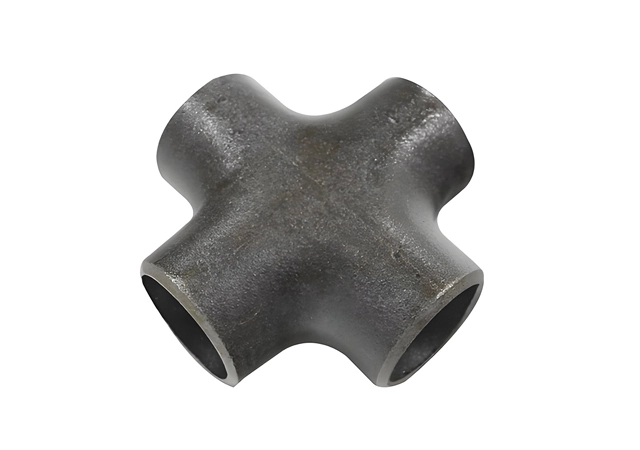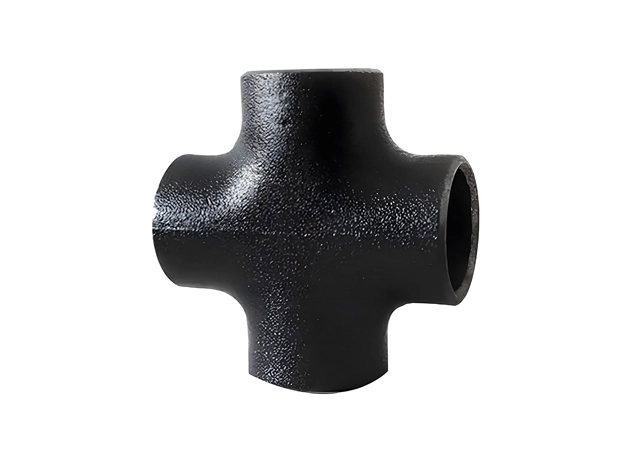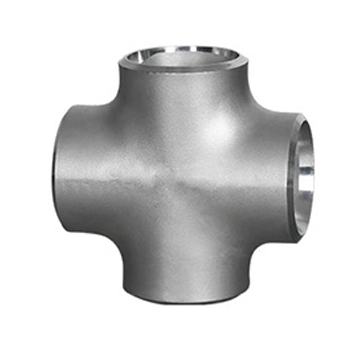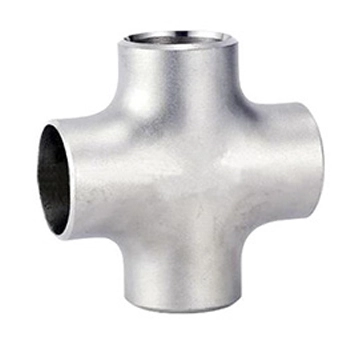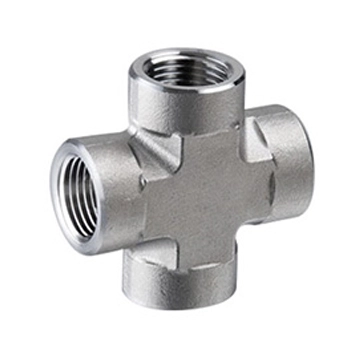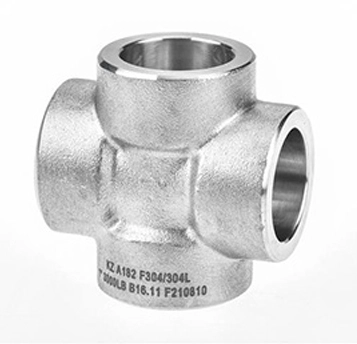A carbon steel cross, also known as a four-way pipe fitting, is designed to connect four pipes at 90-degree angles, forming a cross shape. Made from strong carbon steel, it provides robust connections in piping systems.
This fitting is crucial in industrial applications where multiple pipes need to intersect, such as in oil, gas, and water pipelines. It allows for the distribution or collection of fluids from different directions, enhancing the efficiency and flexibility of the system.
Carbon steel crosses are valued for their durability, high-pressure resistance, and cost-effectiveness, making them a reliable choice for complex piping networks.
Material: Made from carbon steel, which contains iron and carbon as primary components, often with small amounts of other elements like manganese.
Design: Has four openings (either welded, threaded, or socket weld) arranged in a cross shape.
Types: Available in various types, such as Butt Weld Cross, Socket Weld Cross, and Threaded Cross, depending on the connection method.
Applications: Suitable for high-pressure, high-temperature, and heavy-duty industrial systems.
High Strength: Can withstand high pressure and mechanical stress.
Durability: Resistant to wear and tear, making it ideal for harsh environments.
Cost-Effective: More affordable than stainless steel or alloy steel fittings.
Temperature Resistance: Performs well in both high and low-temperature applications.
Plumbing Systems: Connects water supply lines in residential or commercial buildings.
Gas Distribution: Used in low-pressure gas lines for distribution.
Industrial Systems: Suitable for low-pressure fluid transport in machinery or equipment.
Fire Protection Systems: Distributes water in fire sprinkler systems.
Irrigation Systems: Connects pipes in agricultural or landscape irrigation.

 EN
EN
